Although modern life has changed many of the Chinese people's Lunar New Year habits, traditional cuisine is still respected. New Year dishes also symbolize luck and peace.

With a vast territory and diverse culture, traditional Chinese cuisine is also very rich and colorful. The eating customs of people during the Spring Festival are also very different. For example, people in the North eat dumplings; people in the South eat dumplings and rice cakes; people in Fujian eat noodles on the morning of the first day of the New Year; people in Henan eat dumplings and noodles, people in Hubei and Hunan eat eggs as the first meal during the Spring Festival...
Steamed buns are the most representative traditional food in China. Steamed buns are a must-eat food during the Chinese New Year. Usually, before midnight on New Year's Eve, steamed buns are wrapped and cooked until midnight (11pm to 1am). Steamed buns symbolize the beginning of the new year and eating steamed buns during the New Year is considered lucky. In addition, steamed buns are shaped like ingots, making steamed buns means wrapping up good luck, eating steamed buns symbolizes a prosperous life.
Dumplings can also be made from wheat flour or rice flour; the filling can be meat or vegetarian, sweet or salty; the preparation method can also be steamed, grilled, pan-fried, fried... Meat filling includes many ingredients such as shrimp, crab, sea cucumber, fish, chicken, pork, beef, lamb...
Steamed buns are characterized by thin skin, soft filling, delicious flavor, unique shape, nutritious ingredients, and steaming method that ensures little loss of nutrients. There are many famous steamed buns such as shrimp steamed buns in Guangdong, sour soup steamed buns in Xi'an, pork and cabbage steamed buns in Hengshui, pan-fried steamed buns in Shanghai, steamed crab egg steamed buns in Yangzhou, soup steamed buns in Shandong, Shenyang steamed buns, Laotian steamed buns, and Sichuan Zhongshui steamed buns...
Along with dumplings, rice cakes are also considered a New Year's food. Rice cakes have three colors: Red, yellow, white symbolizing luck, gold and silver, rice cakes are also called "nian rice cakes", which is homophonous with "each year taller", meaning that children grow taller every year. Therefore, the ancients wrote a poem about rice cakes, the meaning of which is: The meaning of rice cakes is white as silver, yellow as gold. Wishing the years to pass smoothly and luckily, sincerely and secretly hoping for wealth to come.
Source











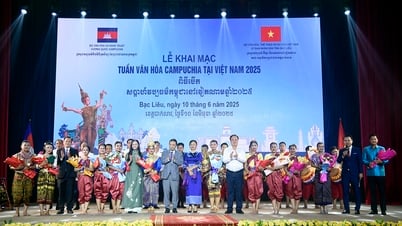









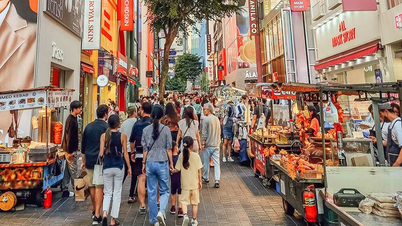
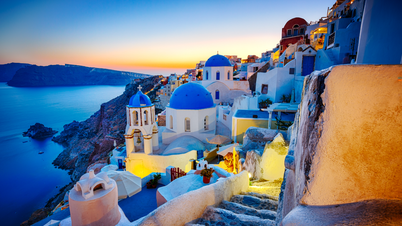
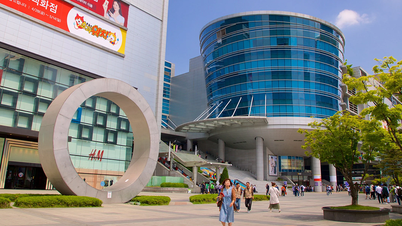



















































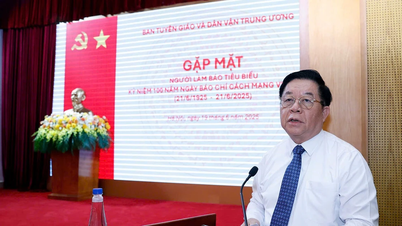

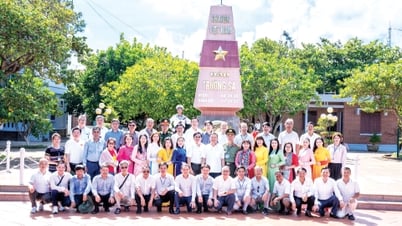



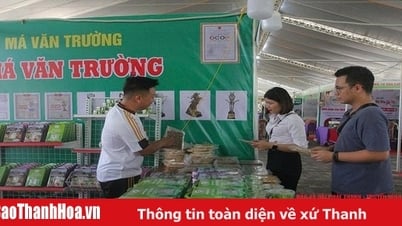












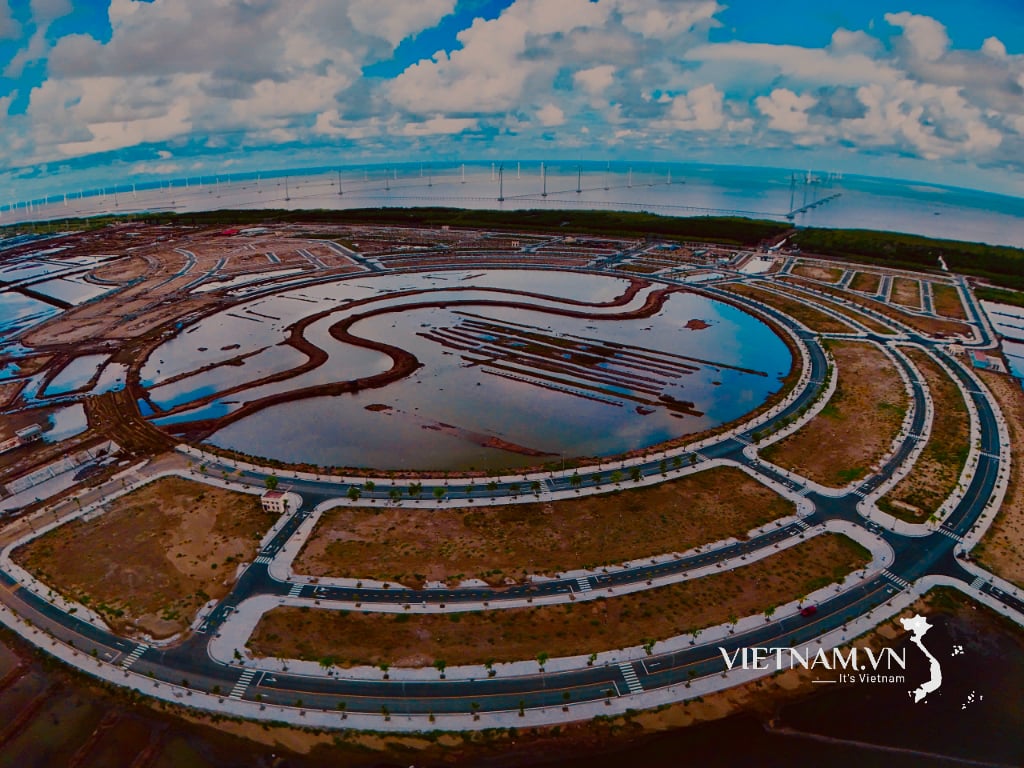
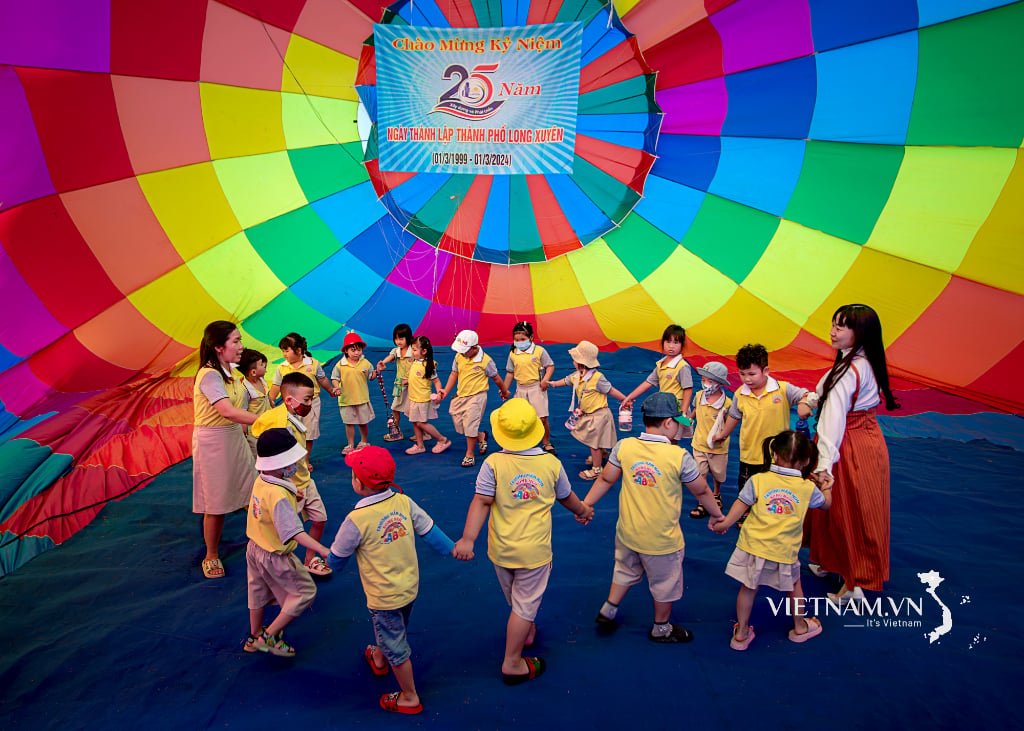

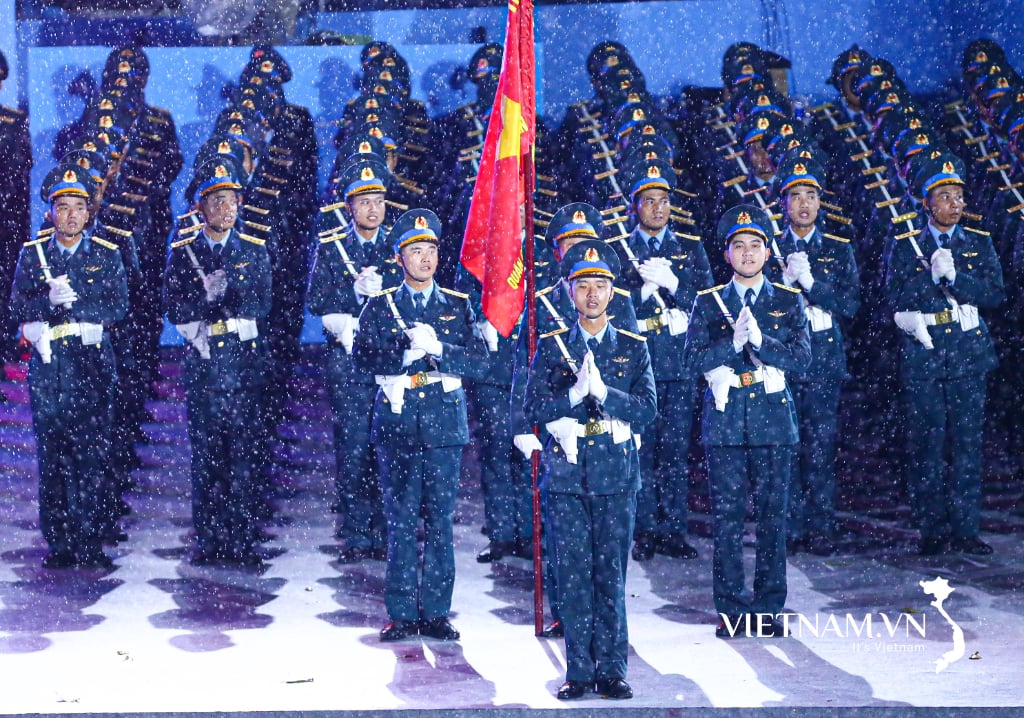
Comment (0)